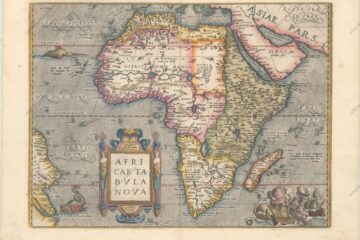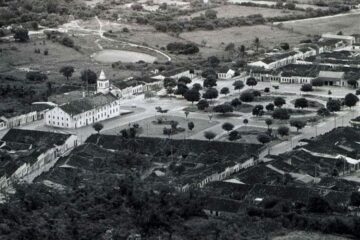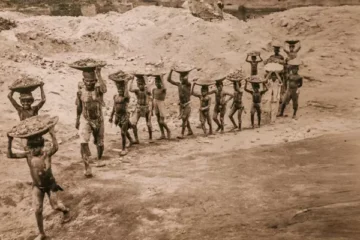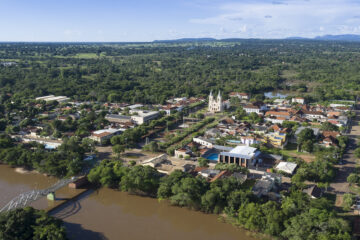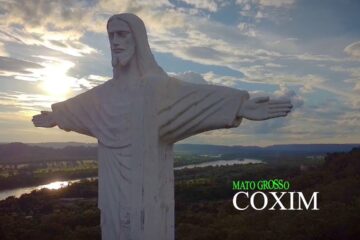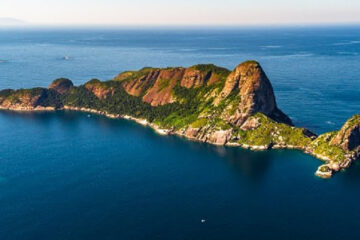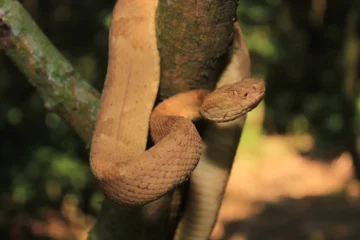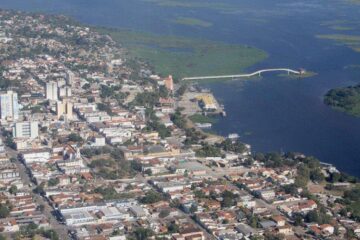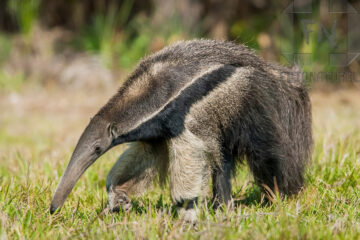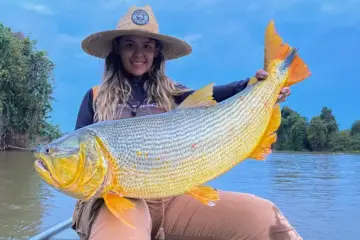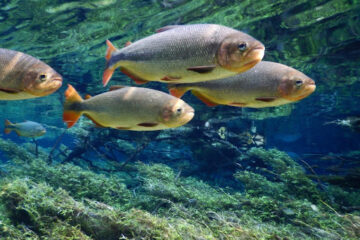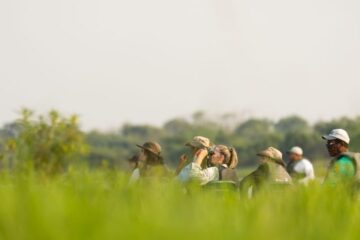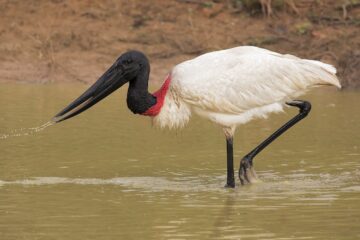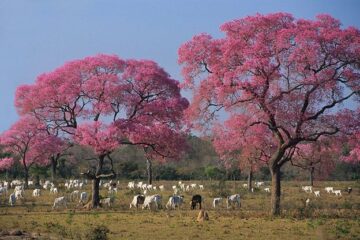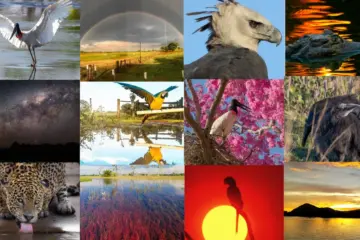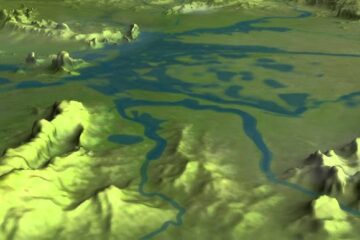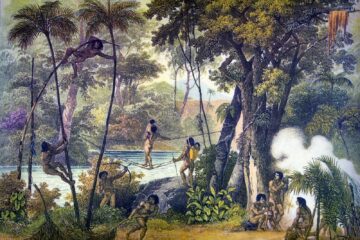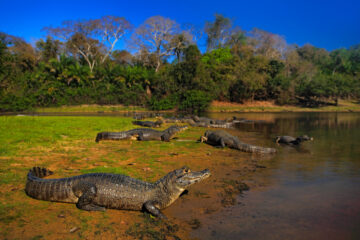Este post também está disponível em:
Português
English

Chapada Diamantina is located in the interior of Bahia and comprises some of the most beautiful landscapes in the country.
Waterfalls, wells, valleys and caves amidst a rich biodiversity create the perfect settings for jeep tours, hikes, extreme sports and trails in Chapada Diamantina – on foot, on horseback or by bike.
The Chapada Diamantina National Park, created in 1985, covers an area of 1,520km², this being the main conservation unit of the Chapada, which extends over 38 thousand km² of cerrado, Atlantic Forest and caatinga.
View the map Chapada Diamantina
Map of the Trails and Tourist Spots of Chapada Diamantina
At 412km from Salvador, the municipality of Lençóis is the main tourist center of Chapada Diamantina.
The city of Salvador is the starting point for several programs in the region and has a wide range of restaurants and tourism agencies.
The bus trip between Salvador and Lençóis takes about six hours. By plane, it takes 45 minutes. Since April 2009, Trip airlines has been flying between the two cities on Saturdays.
For travelers seeking isolation and tranquility, the village of Vale do Capão is a very interesting option, with good inns and alternative communities.
The village, located in the municipality of Palmeiras, is the starting point for the main trails of Chapada Diamantina, such as Fumaça, Vale do Pati, Lençóis, Andaraí, Gerais do Rio Preto, Gerais do Vieira and Gerais da Fumaça.
Both in Lençóis and Vale do Capão there are accommodations for all tastes and budgets, from sophisticated hotels to campsites and hostels.
The town of Mucugê and the village of Igatu, well located in relation to the attractions of the Chapada, also please the traveler who seeks more peace. Listed by Iphan (National Historical and Artistic Heritage Institute), Igatu was an important diamond production center, and all the buildings in the village are made of stone.
Watch several documentaries about Chapada Diamantina
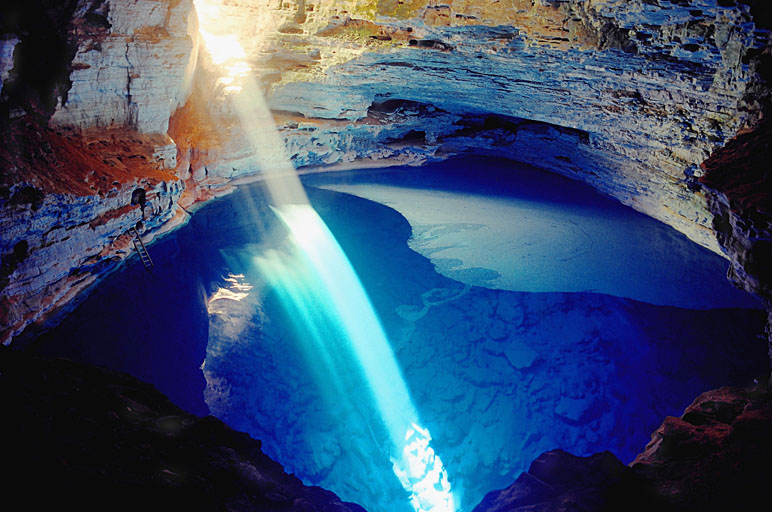

Sul da Chapada Diamantina - parte 1
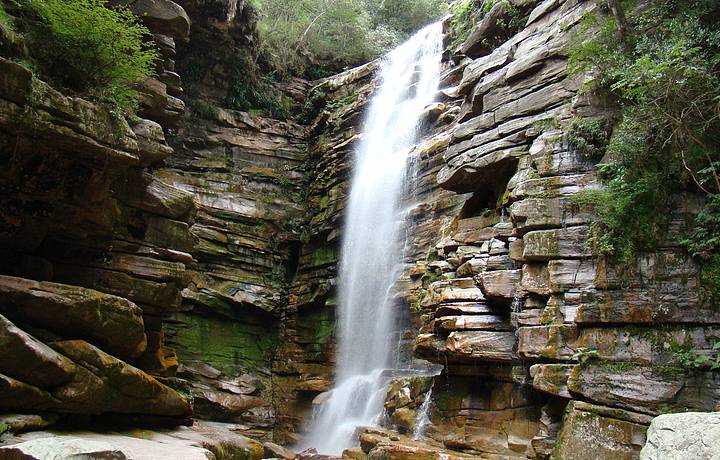
Sul da Chapada Diamantina - parte 2

Sul da Chapada Diamantina - parte 3
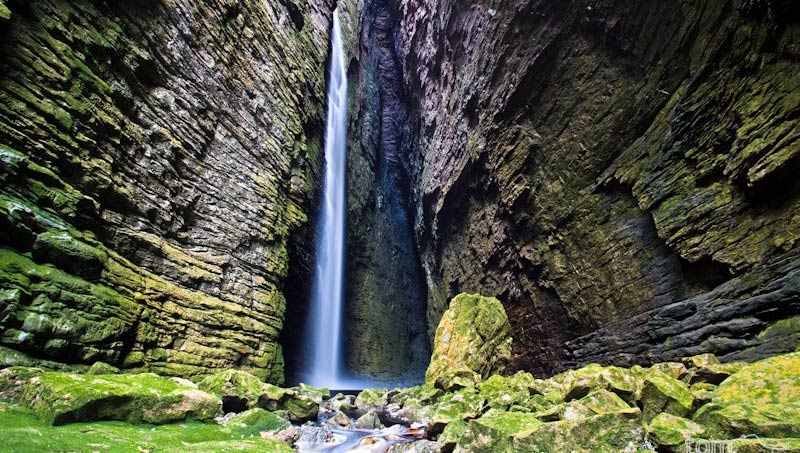
Sul da Chapada Diamantina - parte 4
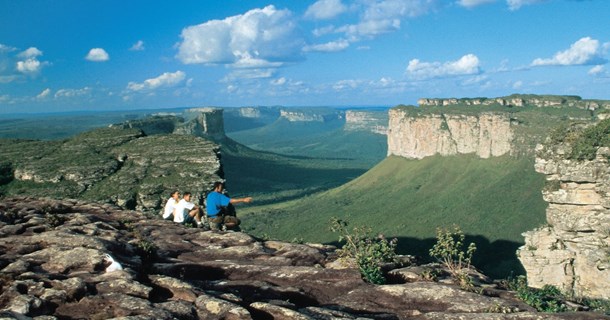
Norte da Chapada Diamantina - parte 1

Norte da Chapada Diamantina - parte 2
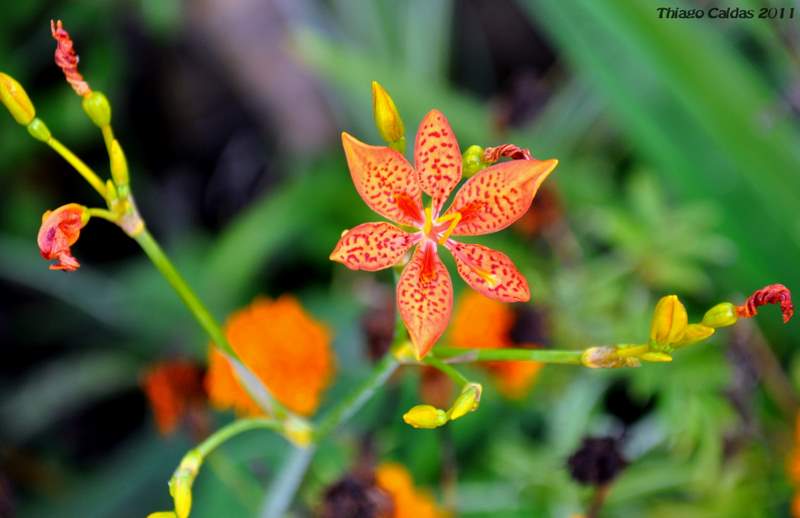
Norte da Chapada Diamantina - parte 3

Norte da Chapada Diamantina - parte 4
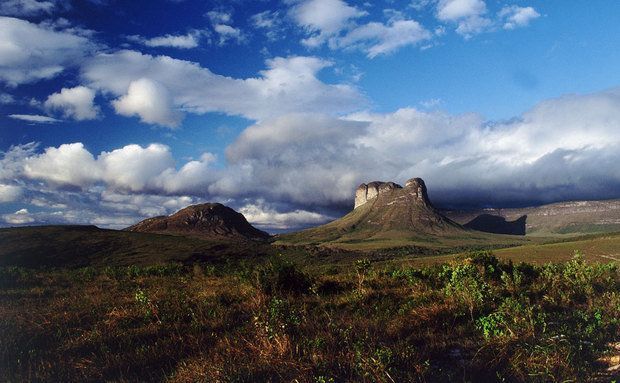
Chapada Diamantina - Resumo

Chapada Diamantina - Documentário
Tourist Attractions in the Chapada Diamantina
A must-see destination for ecotourism lovers, those who travel through the region are impressed not only by the natural beauty, but also by the awareness and sense of environmental preservation of the inhabitants, such as guides and innkeepers.
1. Trails
Near the Vale do Capão is the Cachoeira da Fumaça, one of the main beauties of the Chapada and one of the highest free falls in Brazil, about 380m high.
The fastest and easiest way to get to know it is by the two-hour trail that leads to the top of the waterfall. Fumaça is one of the must-see programs when visiting the region.
For those who enjoy walking, adventure, and have good physical fitness, it is worth doing the three-day trail, known as Fumaça por Baixo.
The route allows you to see the fall from above, from the front and bathe in its well. The walk includes sleeping two nights in tents or caves, bathing only in the waterfall (without soap) and walking a lot – this is considered the most radical trail in Chapada.
But all the effort is more than rewarded. In addition to the main attraction, which makes the walk worthwhile, the route also includes other unbelievable landscapes and several other waterfalls, such as Palmital.
To do the Fumaça from below, the presence of a guide is indispensable.
The trails, generally created during the mining period, are closed and without signs. Cell phones do not work and there is nothing or no one in the region besides groups visiting the site.
Such isolation can be the measure for those who want to rest their heads (but work their bodies!) and forget about traffic, computer and cell phone for a few days. The proposal is to walk a lot, cool off in incredible waterfalls and be surprised by the beauty of the landscapes, orchids and bromeliads.
2. Pati Valley in Chapada Diamantina
Hiking for several days is also essential to get to know the Vale do Pati, but its trails are milder than those of Fumaça. The beauty of the place is unique and impressive. In the valley, there is the possibility of camping or sleeping in the houses of the few natives, who offer modest facilities and tasty homemade food.
Tourist agencies offer one to five-day treks through Pati. Four days and three nights is the minimum for those who like to walk and want to know the place well. As with the Fumaça trail, those who visit Paty have the chance to cool off in several wonderful waterfalls.
Generally, the trail guide is also responsible for the preparation and transportation of food. The hikers take their clothes, snacks and must return with all the garbage they produce. In the luggage for Bahia, it is good to note.
From December to March it rains more in Chapada Diamantina, which contributes to increase the beauty of the waterfalls and the green of the landscape. On the other hand, the rain can hinder the tours, and there is still the risk of a tromba d’água – flood due to the accumulation of water at the head of a river.
However, even at this time the rains are not so frequent. From April to October there is little rain and some waterfalls can dry up. Before traveling, it is worth checking the situation of the waterfalls and the weather forecast.
Besides Fumaça, another unmissable waterfall in Chapada Diamantina is Buracão. In Ibicoara, 90km from Mucugê, Cachoeira do Buracão is an 80-meter waterfall at the end of a magnificent canyon. Because it is far from the main attractions of Chapada Diamantina, it is less visited, but be sure to visit it.
3. Caves, wells and cave paintings in Chapada Diamantina
The wonders and grandeur of Chapada Diamantina are not limited to its surface: it is home to the largest speleological collection in South America, important for its beauty and scientific relevance.
Among the hundreds of caves in the region, the best known is the Poço Encantado.
The water there is turquoise blue in color due to the sun’s rays penetrating the cave through a crack. Given the transparency of the water, you can even see the bottom of the well, which is 30 to 60 meters deep.
The Poço Azul has similar characteristics to the Poço Encantado, and it is allowed to dive in its waters. Still with blue tone and crystal clear waters there is the Pratinha Cave. Among the dry caves, the most visited are Torrinha, Lapa Doce, Paixão, Lapão, Bolo de Noiva, Fumaça, Gruta Azul and Brejões.
The region also has a rich cultural heritage, which includes 65 sites of rock paintings, centuries-old mansions, fairs and handicrafts.
4. Extreme sports in Chapada Diamantina
Chapada Diamantina is also an unmissable destination for fans of extreme sports. The list of sports that can be practiced in the region is long, but it is worth highlighting climbing, zip-lining, canyoning – rappelling down a waterfall – and mountain biking.
By bicycle, it is possible to go around the park in about seven days. There are 273 km of trails of varying degrees of difficulty. The trip between Vale do Capão and Lençóis takes about five hours of pedaling, and is one of the most difficult stretches of the tour.
From Igatu to Mucugê, the effort is much less: two hours of trail with descents most of the time. Tour agencies offer itineraries that include cycling and walking.
At the mouth of the Lapão cave, in Lençóis, there is cave jumping, similar to bungee jumping. Among the climbing sites, the most prominent are the Muritiba Municipal Park, in Lençóis, with more than 50 routes, and Igatu, in the municipality of Andaraí.
The region has too many attractions for just one trip. Those who visit the Chapada once, return to the place at the first opportunity.
Chapada Diamantina Tourism and Travel Guide and Chapada Diamantina Documentary
